Isolation and Infrastructural Hope: The Shifting Landscape of Air Travel in Greenland
By Sophie Elixhauser and Susan Vanek
For those unfamiliar with travel in Greenland, the heliport in Tasiilaq could easily be mistaken for a large house and garage – a pair of red wooden buildings, one with a plain white entrance and small windows and a second equipped with a large, metal overhead door, used for the storage of helicopters. The interior of the air terminal is equally unremarkable with two small desks occupied by representatives of Mittarfeqarfiit/Greenland Airports, several benches for passengers spaced throughout one large room, and a wooden door that opens directly onto the helipad.
Unrestricted by the typical security zones that separate ticketed passengers from the public, it is a place where residents casually stop to pick up newly arrived visitors and goods or sit and chat with family and friends as they wait for flights. Both the heliport and its daily operations are familiar aspects of life in the close-knit community. Most residents know exactly which helicopters have landed on any given day, and any news of flight schedule changes or delays spreads quickly throughout the town. Tasiilaq’s heliport, like most air traffic infrastructure in Greenland, is unexceptional, a mundane yet intrinsic feature of life in such remote regions of the Arctic.
Many residents of the town, however, hope the heliport will soon be replaced. Although Tasiilaq is considered the capital of the island’s East Coast and is the region’s largest population center, with approximately 1,800 residents as of 2024, the town lacks a full airport and runway. Instead, air travel to Tasiilaq first requires a 10-minute flight via helicopter to the village of Kulusuk, site of the region’s primary airport. Initially built during the Cold War as part of the Distance Early Warning (DEW) line radar stations, Kulusuk Airport became the region’s central civilian air hub in 1991 after the closure of the military installation. Now home to approximately 250 residents, Kulusuk and its airport serve as the gateway to Greenland’s East Coast – a stopover point, where fixed-wing aircrafts can land and transfer travelers and goods to helicopters bound for Tasiilaq and from there to other locations in the region.
For those in Tasiilaq, however, this stop in Kulusuk can be both cumbersome and expensive. With no roads connecting Tasiilaq to other locations on the coast and a harbour frozen during winter months, air transport is vital to the town’s survival – serving as the primary means of transporting residents and tourists as well as food and other goods. Yet, transitioning passengers and cargo from the common DASH-8 airplanes to helicopters, with a significantly smaller carrying capacity, necessitates multiple flights between Kulusuk Airport and Tasiilaq Heliport. Coupled with the rapidly changing Arctic weather conditions and technical and aircraft availability problems, passengers and cargo waiting for helicopters can be stranded for a few hours to several days. Construction of a new airport in Tasiilaq, discussed for several decades, would allow planes to land and take off directly in the town.
Promises and trade-offs of infrastructure development
A new airport in Tasiilaq would bring the experience of travel in the town closer to that of Nuuk. The new international airport terminal, opened in Greenland’s capital in November 2024, is similar to those found in other parts of the world. While its exterior is built with an aesthetic designed to mirror aspects of the natural environment, its interior is similar to airports found in Europe or North America. Designed to incorporate international transportation standards, the new Nuuk Airport terminal is divided between a public area with ticketing desks and secured passenger sectors. Built to allow for ease of travel between the island and abroad, reduce transit costs, and encourage more international tourism and trade, the new airport has been applauded by Greenlandic politicians, residents in Nuuk, and the business community.
Yet, the new airport terminal, while carrying the hope of development, has already changed the experience of travel in the city – the open, unrestricted area where friends and family waited until their flight was boarding and watched their loved ones walk across the runway to waiting planes is gone. Some of the intimacy of travel is traded for the promise of development and nation-building.
Tasiilaq’s new regional airport, which many Tasiilaq residents are hoping to see, is likely to follow many of the standards used in Nuuk, creating new possibilities while changing the experience of travel. An airport in Tasiilaq, residents note, would not only alleviate persistent traffic problems but would also open the town and the region to new economic opportunities while also providing resources to address East Greenland’s social problems, high unemployment, and increasing rates of outmigration. Thus, the inclusion of Tasiilaq Airport in the original draft of the Greenland’s airport expansion project in 2015 was greeted with excitement and anticipation. To many residents, the airport was more than a lifeline for the town, but also a symbol of its inclusion in broader national plans.
Separated from Greenland’s centers of power by an icesheet as well as a history of discrimination and neglect, the promise of an airport in Tasiilaq was taken as an acknowledgement by the island’s government of both the region’s needs and its value to the country’s future. However, when plans for the airport quietly disappeared from the larger infrastructural package a few years later, this sense of political, social and economic exclusion was only reinforced. Tasiilaq’s airport would again be delayed with funds only allocated for the expansion of airports in the West Coast cities of Nuuk and Ilulisaat and for a new regional airport in the south.
The future of East Greenland’s connectivity
Nuuk’s newly expanded international airport, with its counterpart in Ilulisaat and a regional airport in the southern town of Qarqortoq set to open in 2026, are a sign of connection and the future to some. To others, like many in Tasiilaq, these new airports further highlight the widening gap between the West and the East – another reminder of the divide between rural Greenland and the ever-expanding landscape of the cities.
Yet, some of the hope carried by infrastructural development has returned to Tasiilaq. With the completion of Greenland’s airport expansion project near, the infrastructural needs of the East Coast seem to be receiving renewed attention from the country’s government. As part of the coalition agreement produced by the new Greenlandic government after the parliamentary elections in April 2025, construction of airports in Tasiilaq and in Ittoqqortoormiit, another town on the East Coast, are again considered a priority. However, excitement surrounding this announcement is muted by uncertainty and lingering mistrust – if plans for an airport in Tasiilaq could simply disappear from the previous airport expansion project, the same could happen to these new plans.
With no clear timeframe for construction and the current airport expansion project still underway, it is also difficult for many to begin planning in the town. The future will show whether there is sufficient political will to invest in the remote regions of the country and to ensure balanced development of air transport for everyone, both urban dwellers and those living in rural areas such as Tasiilaq, bearing in mind that such developments will inevitably bring along changes to the social fabric of the communities around the new airports.
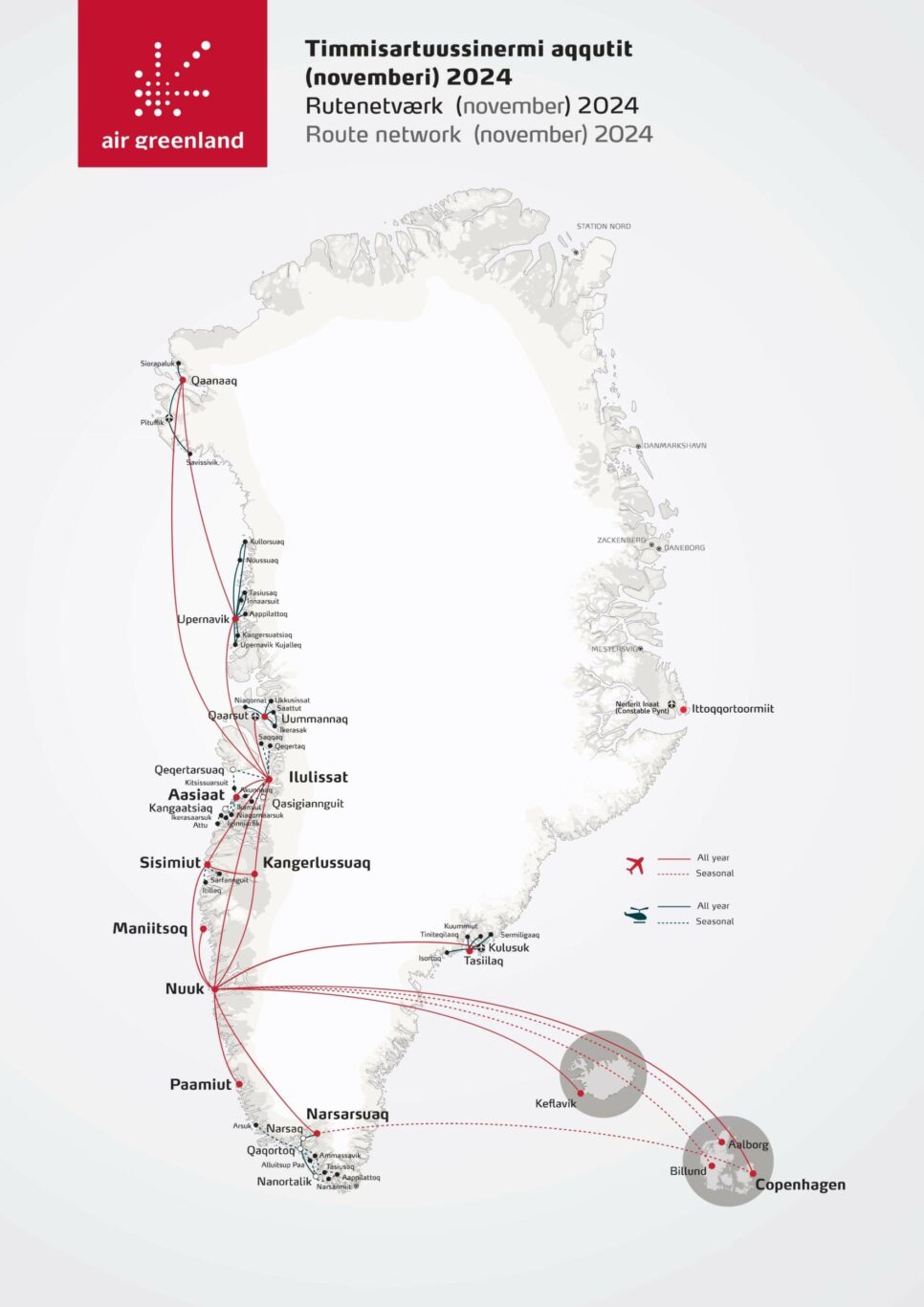
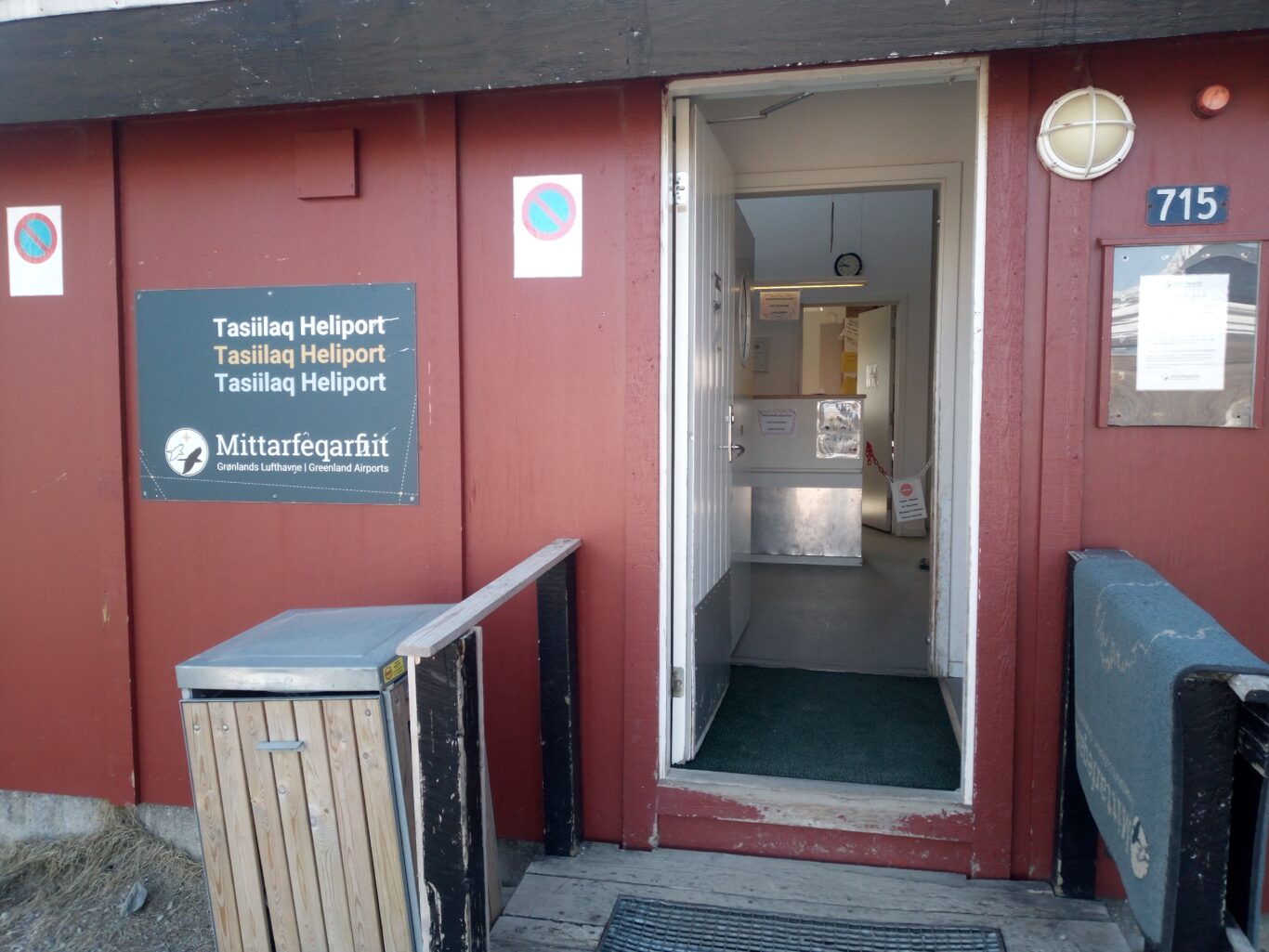
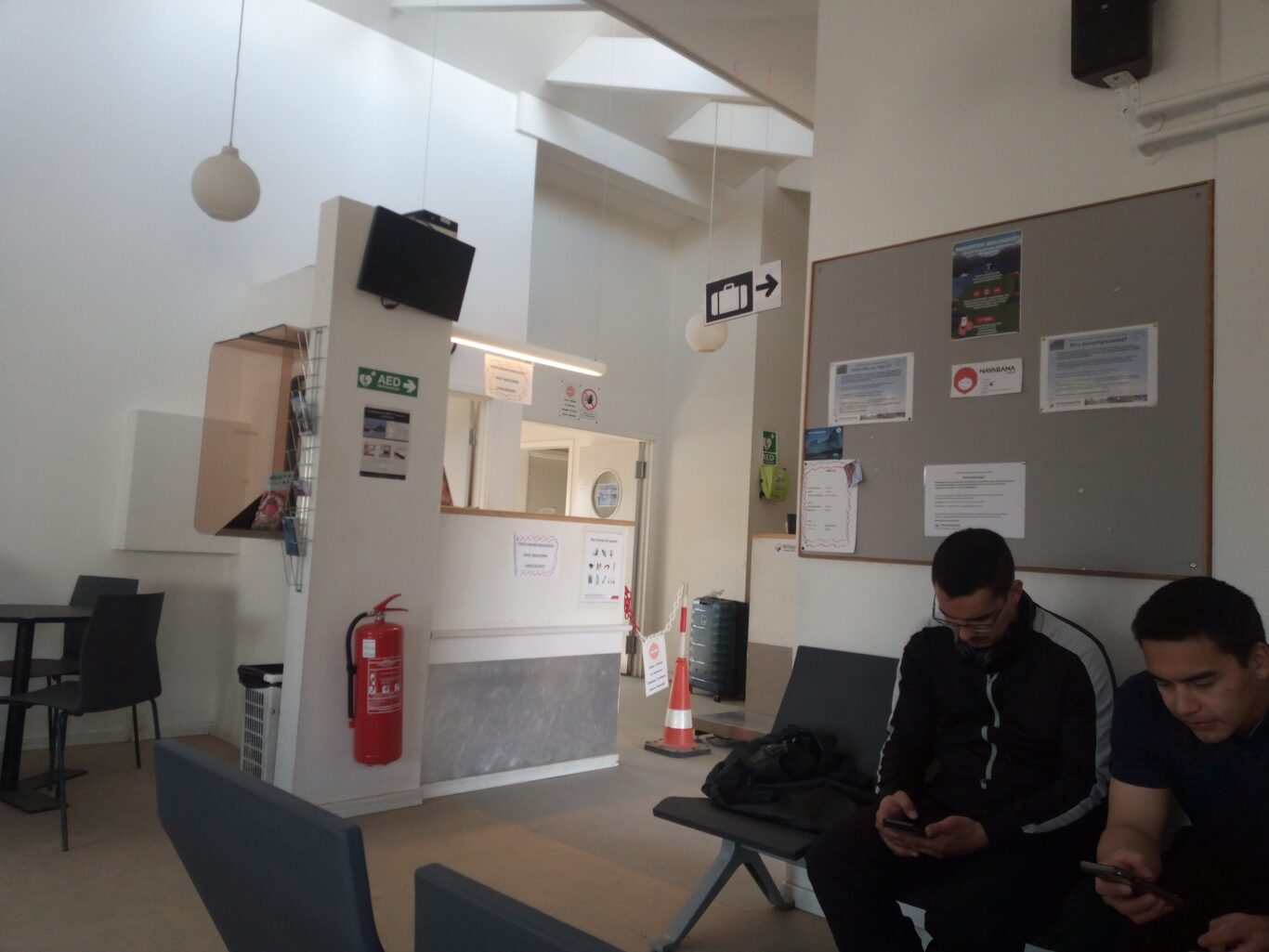
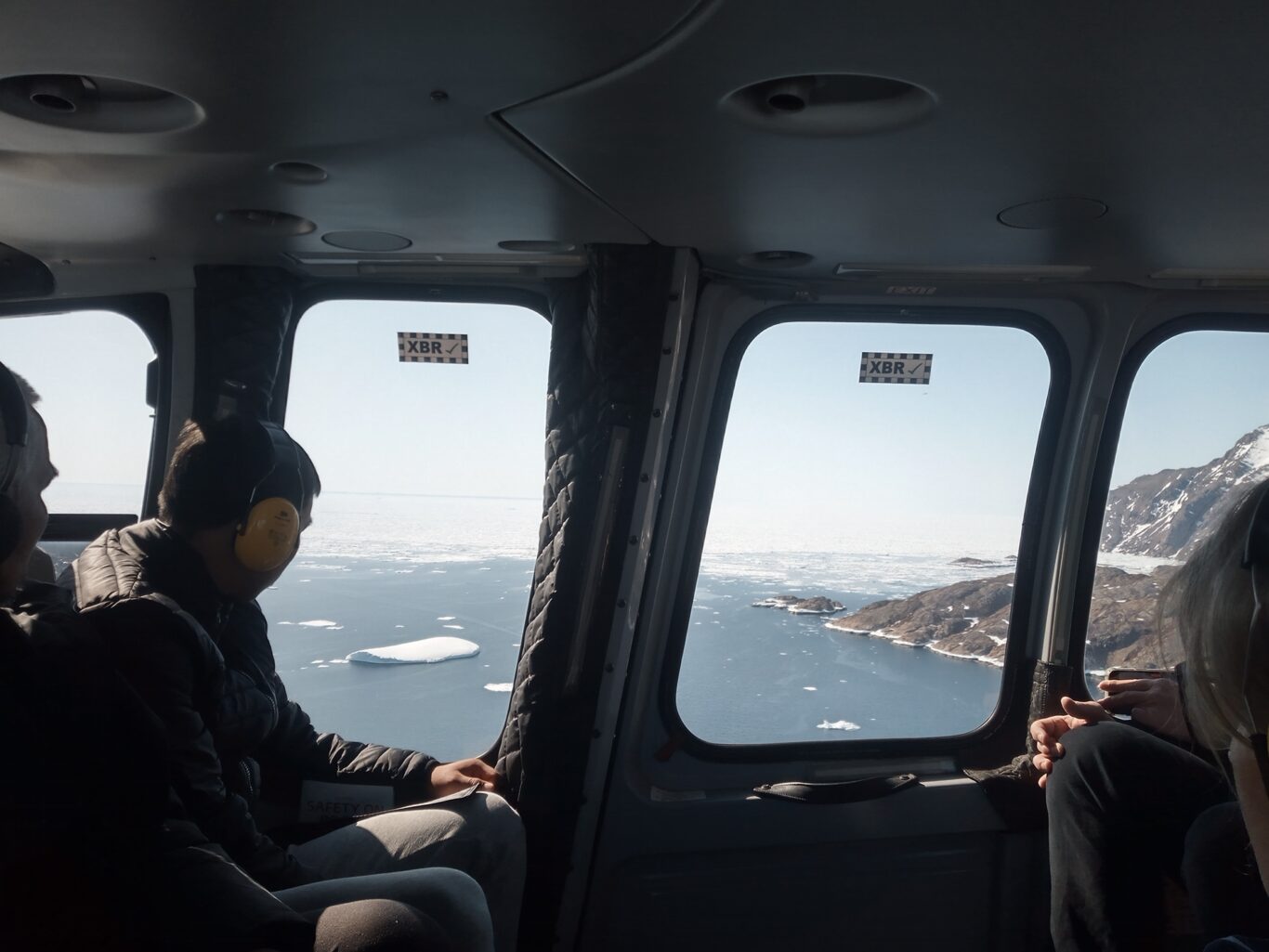
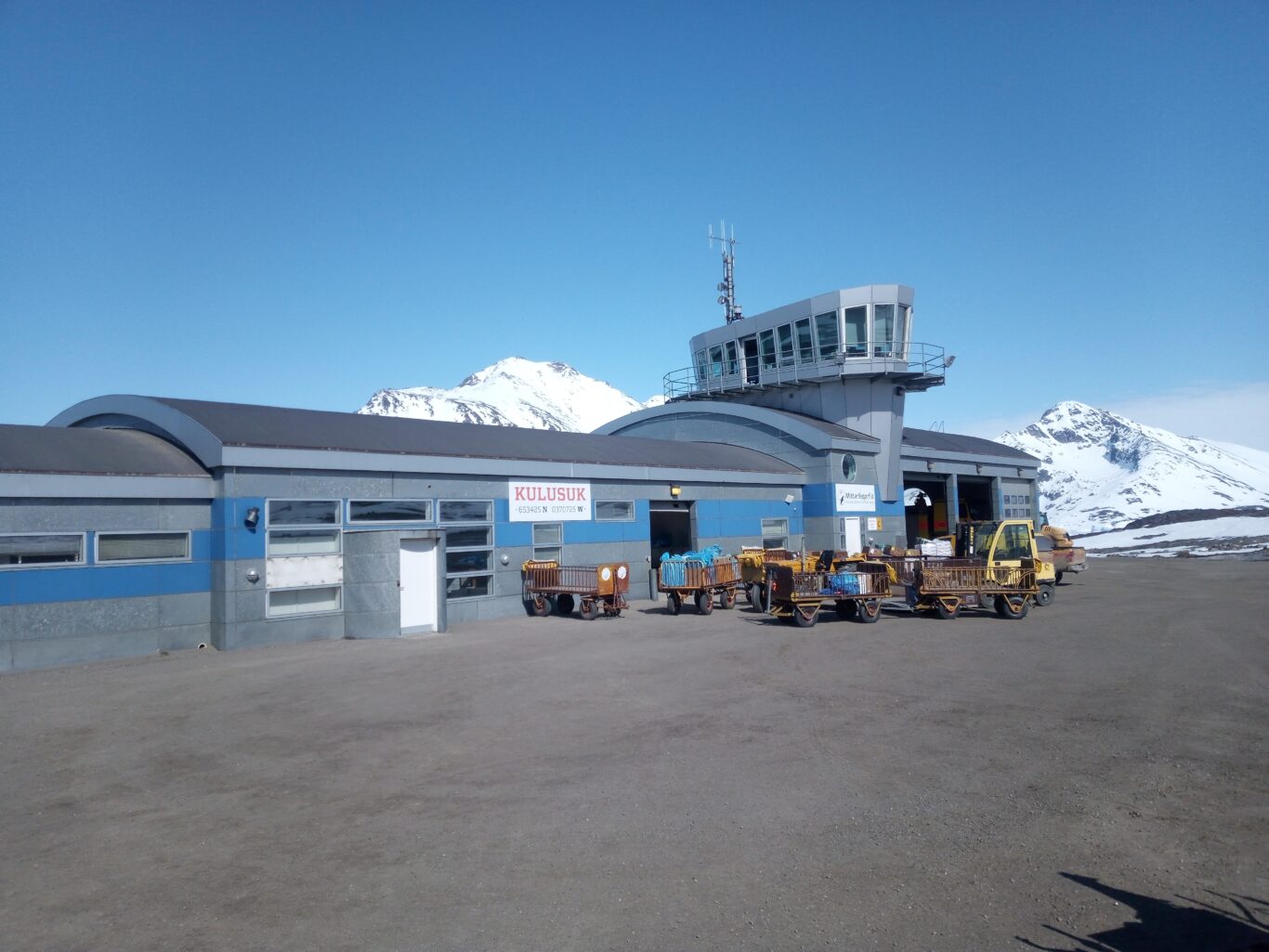
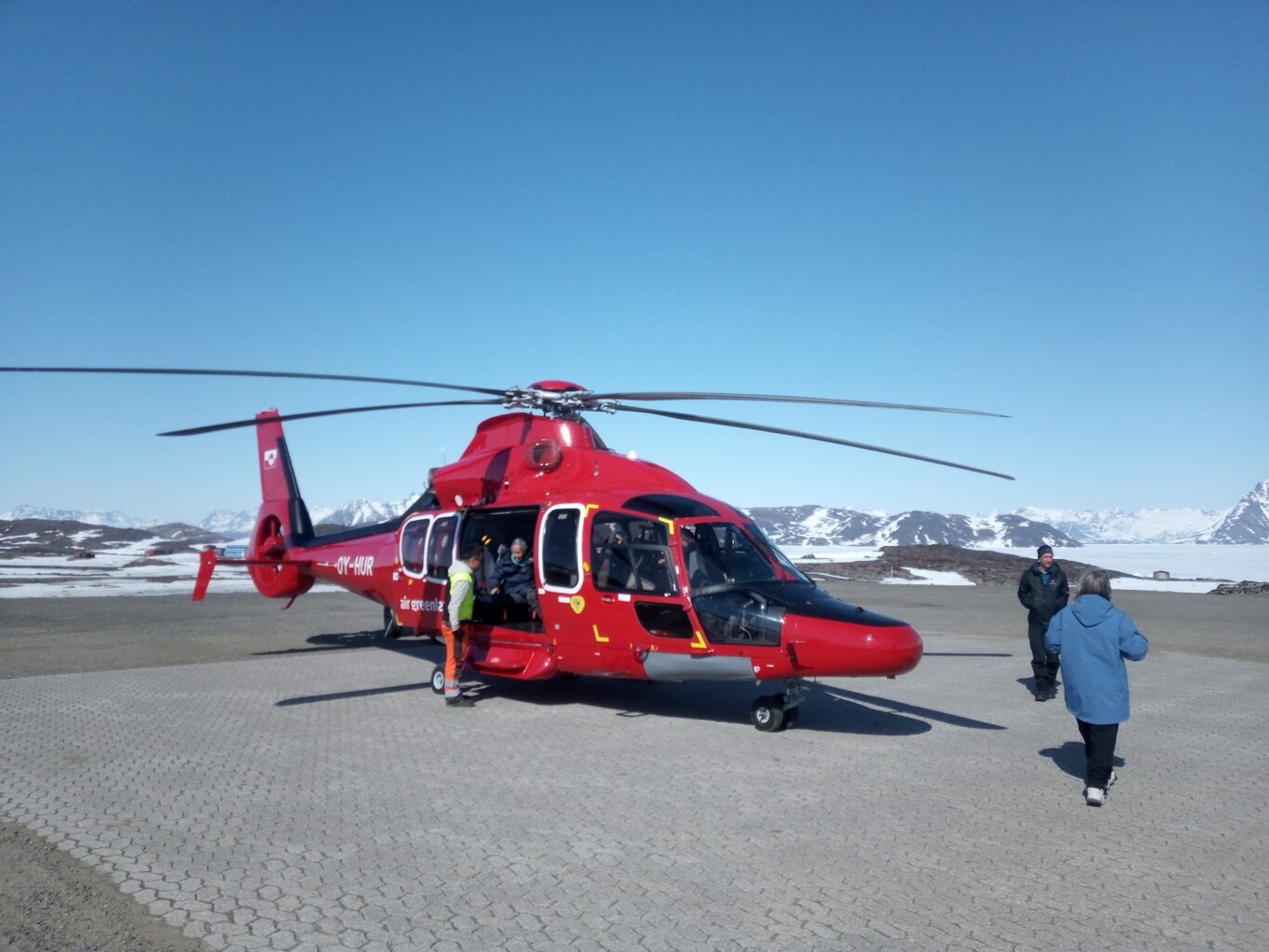
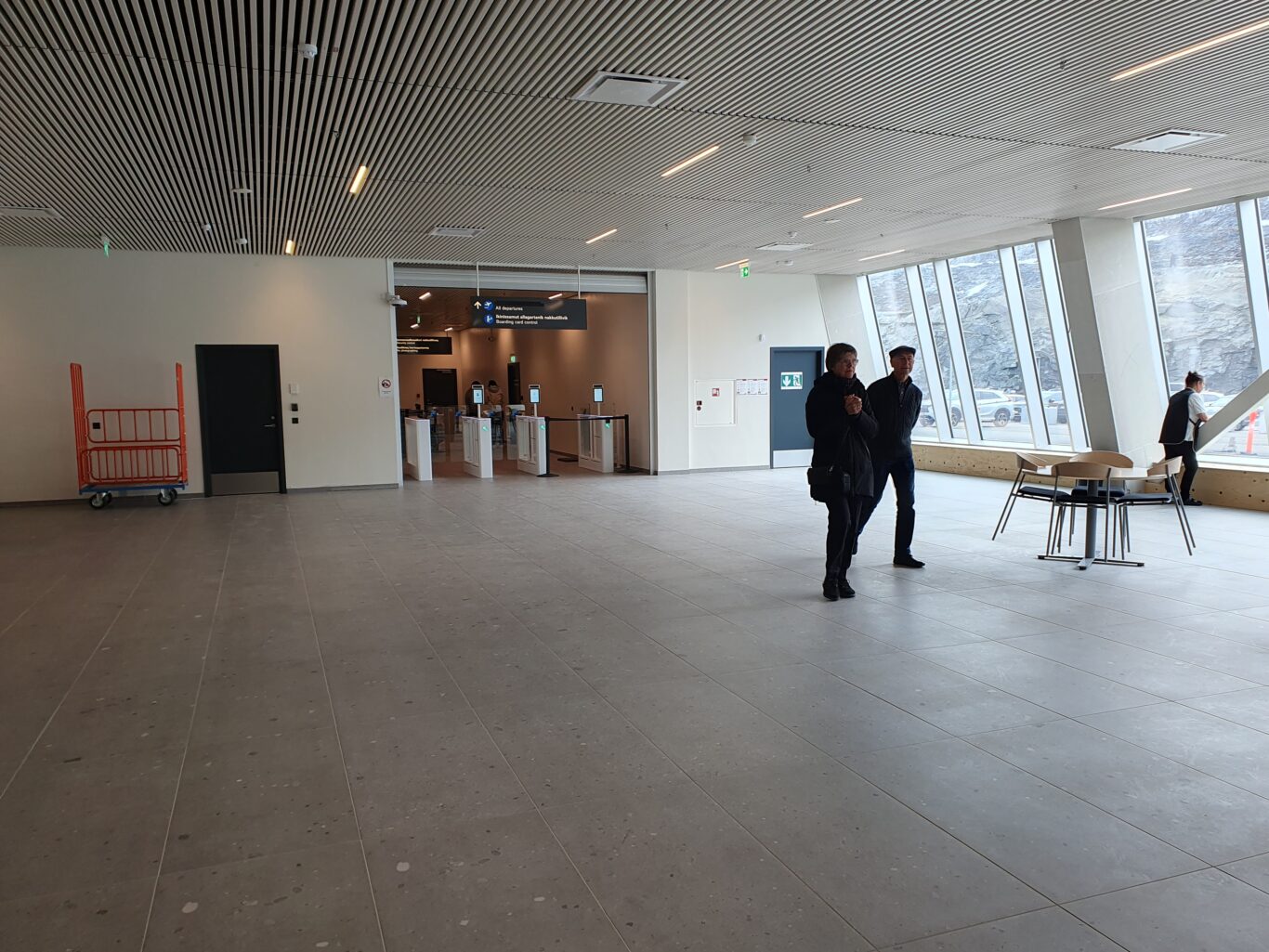
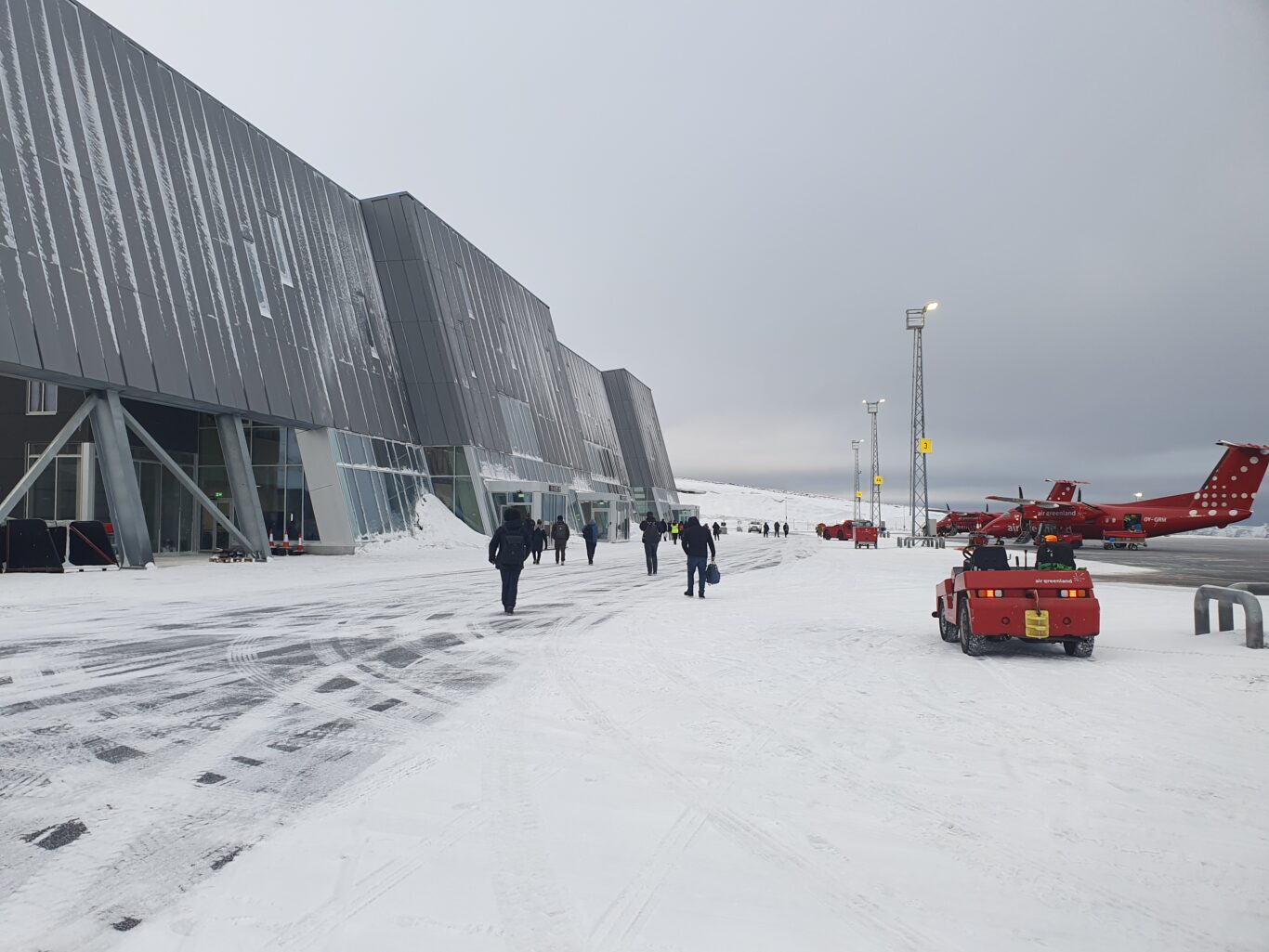

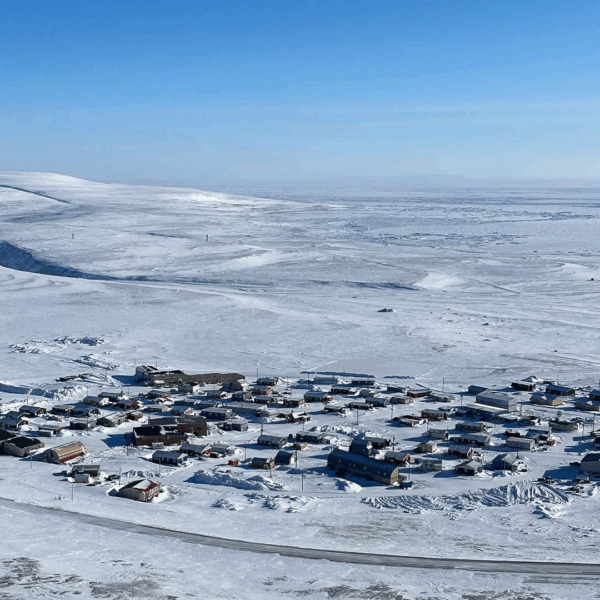

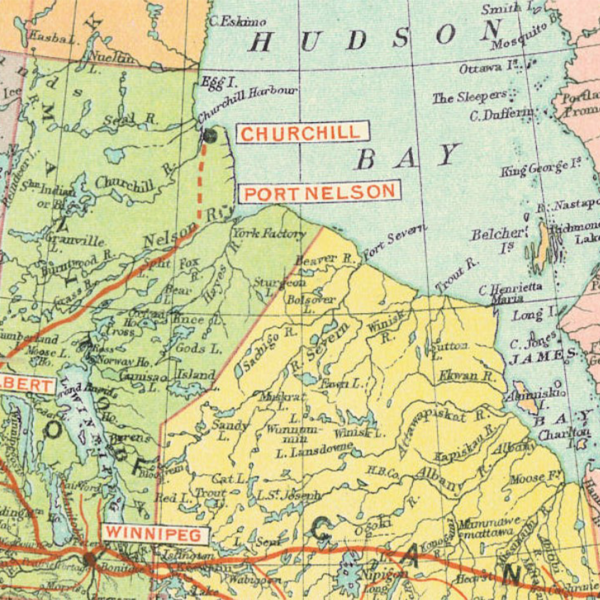
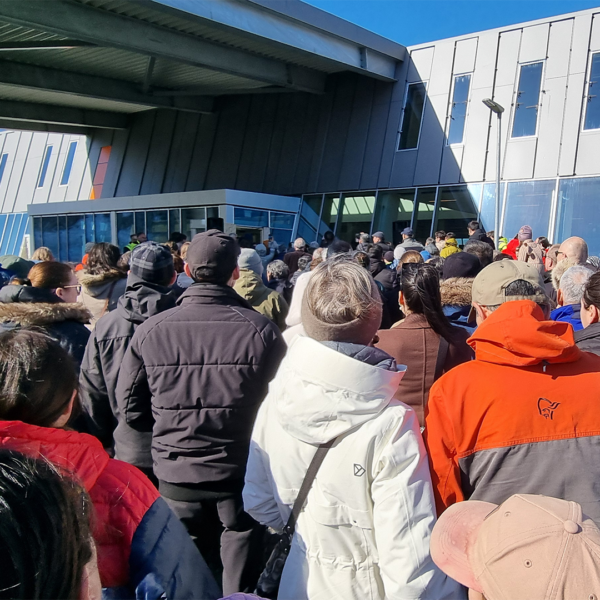
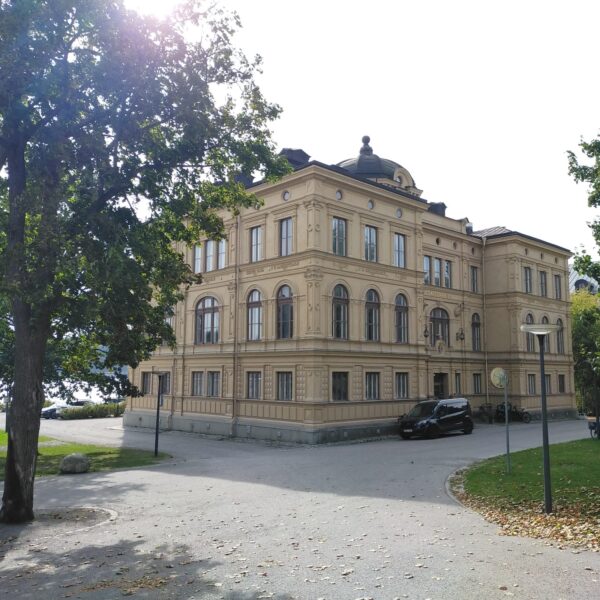
Please login to post a comment...